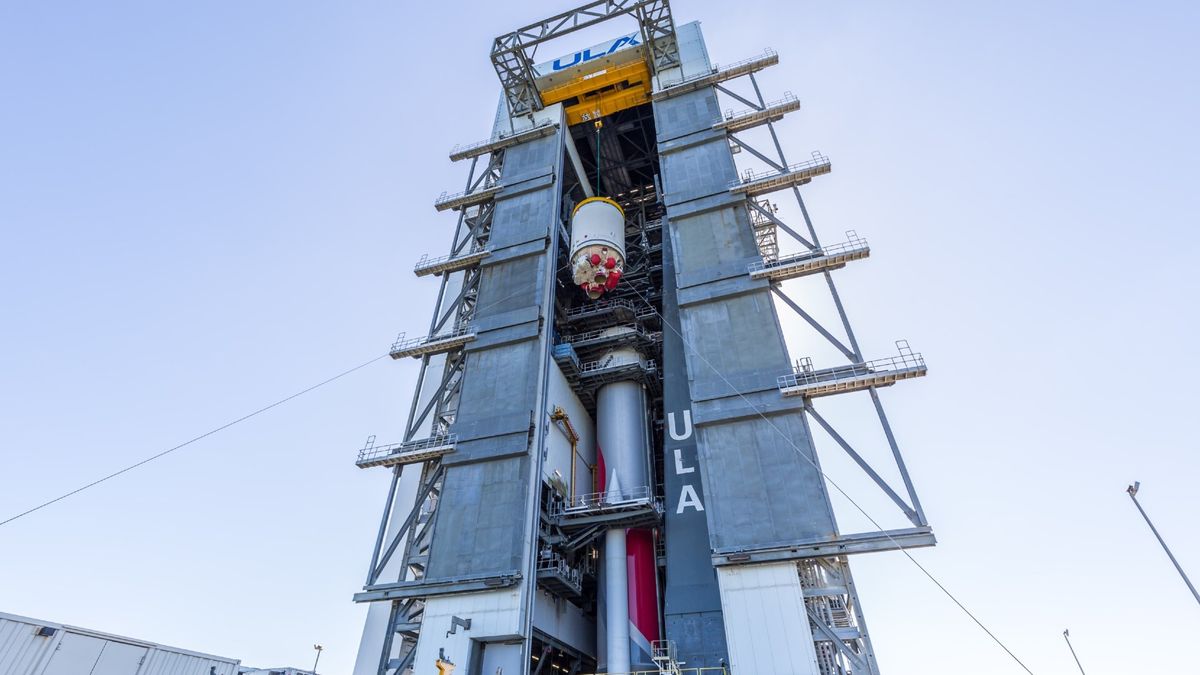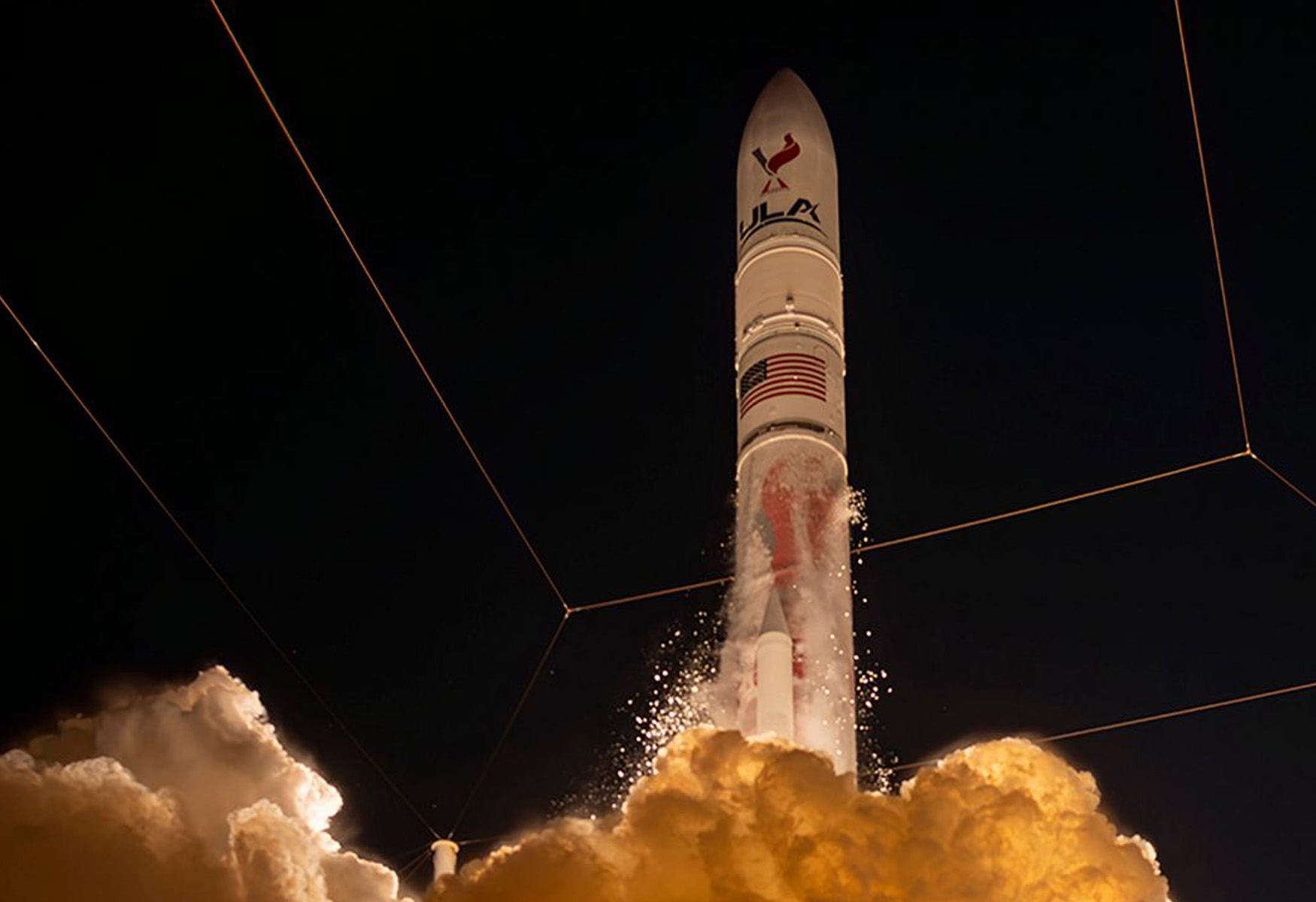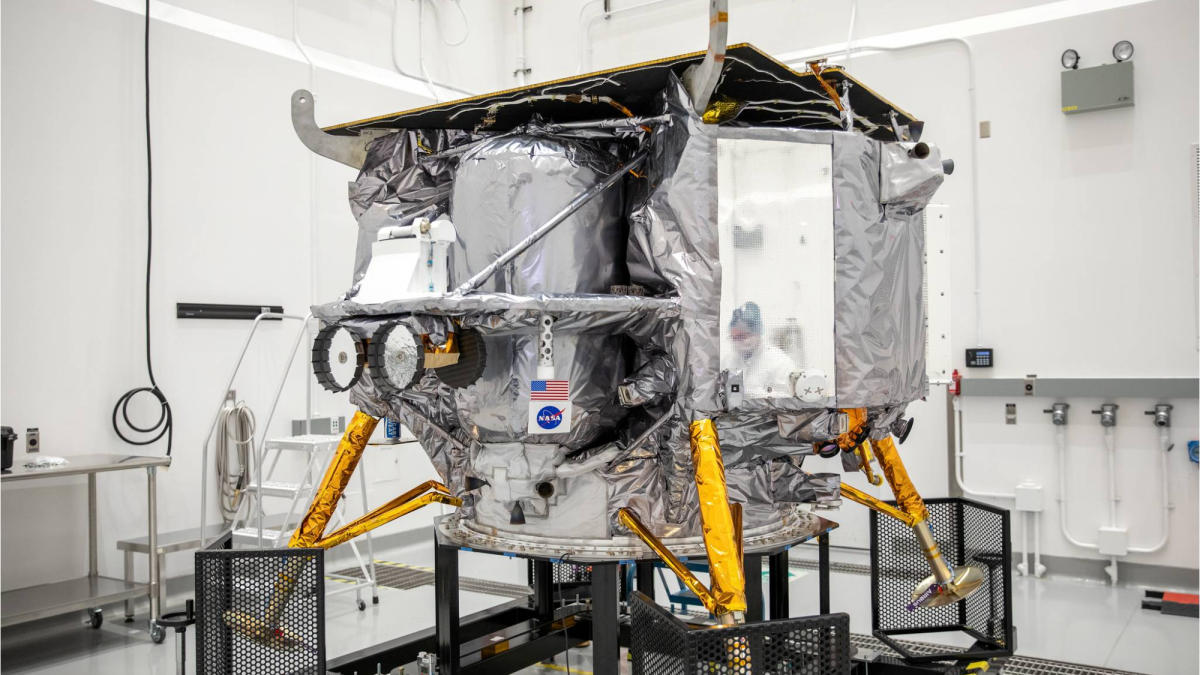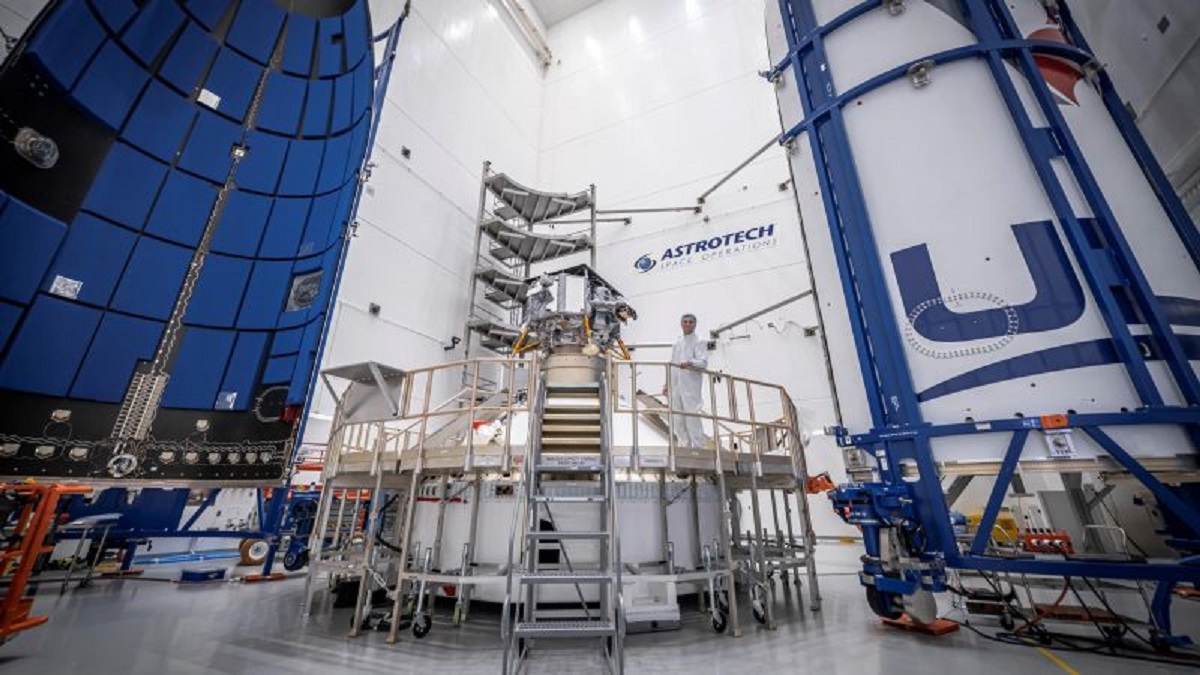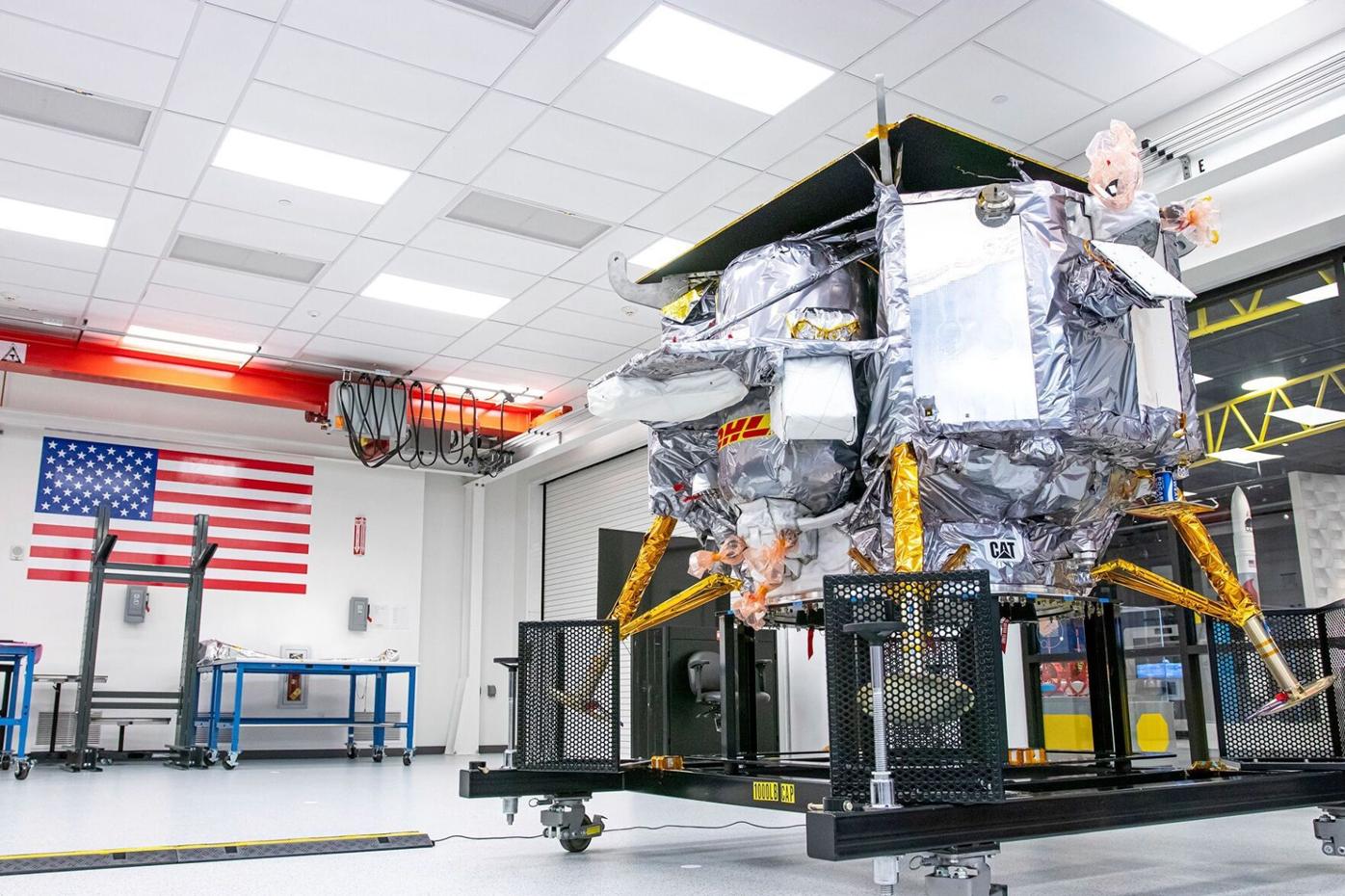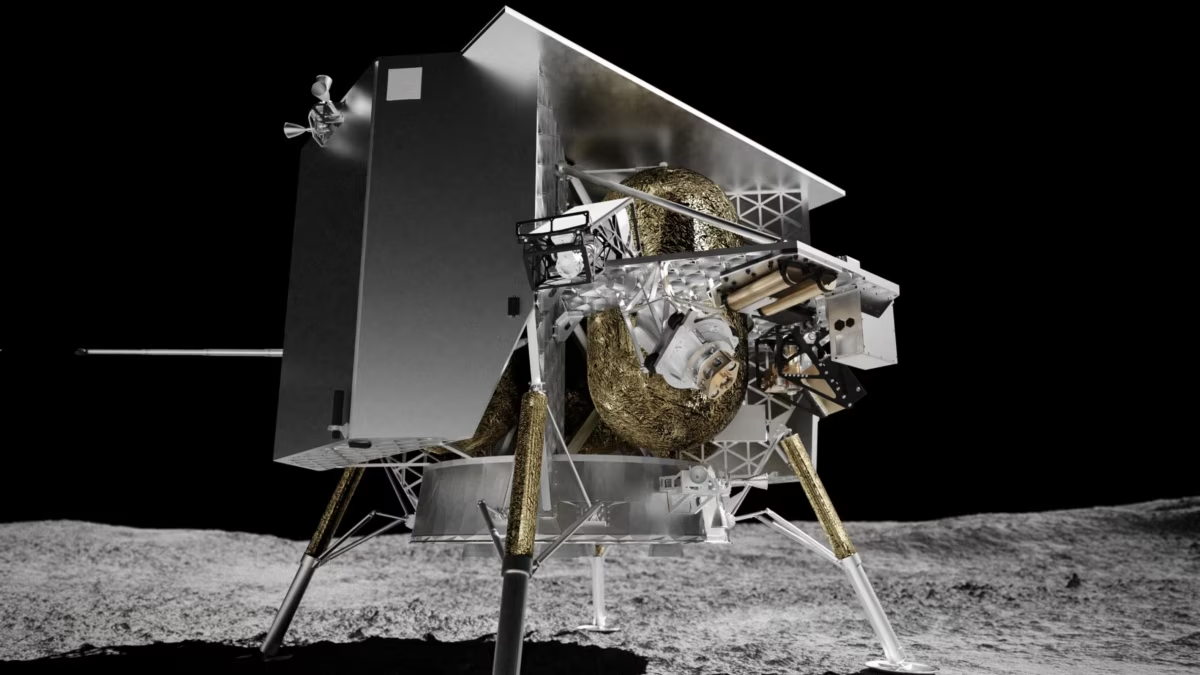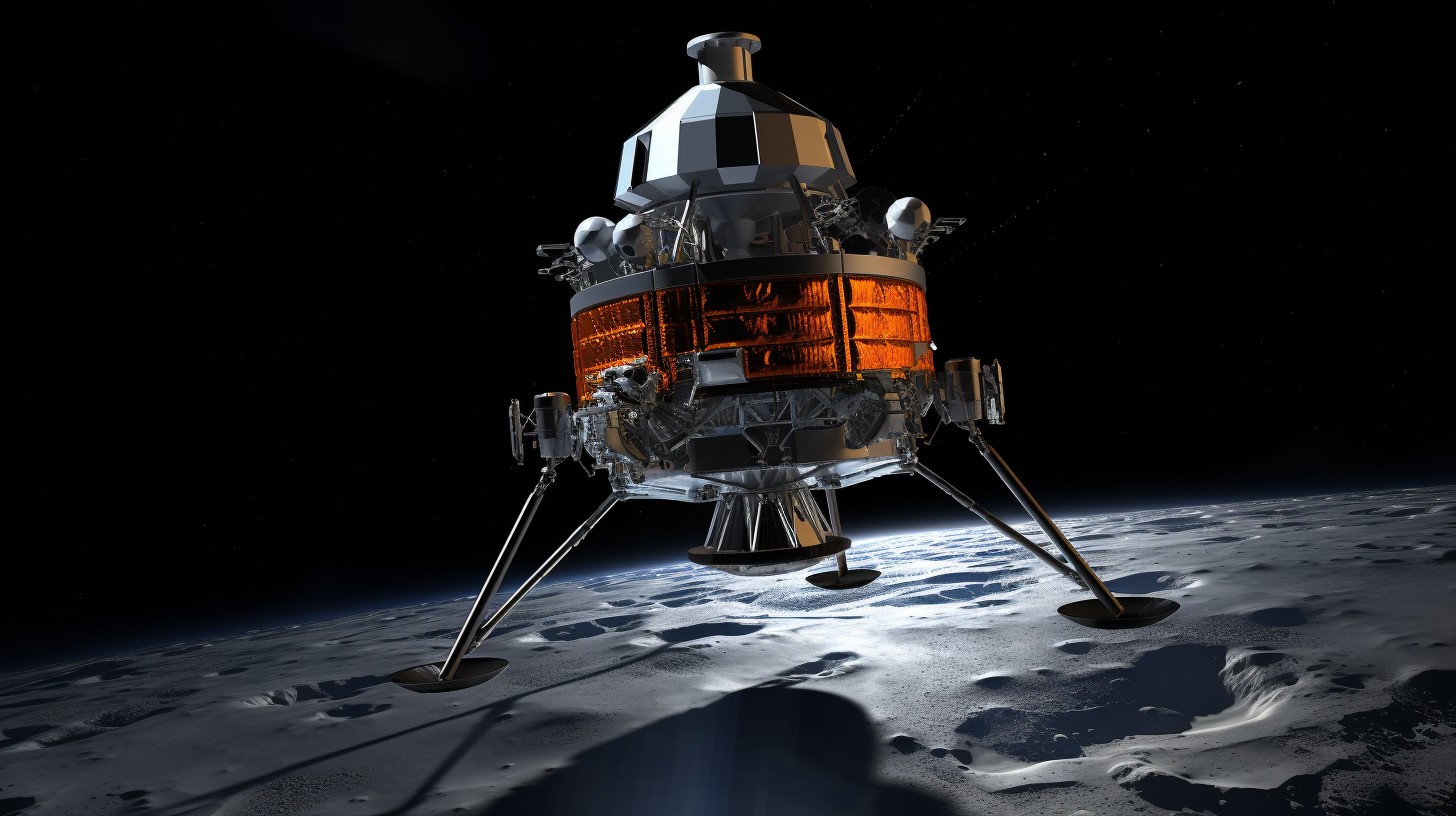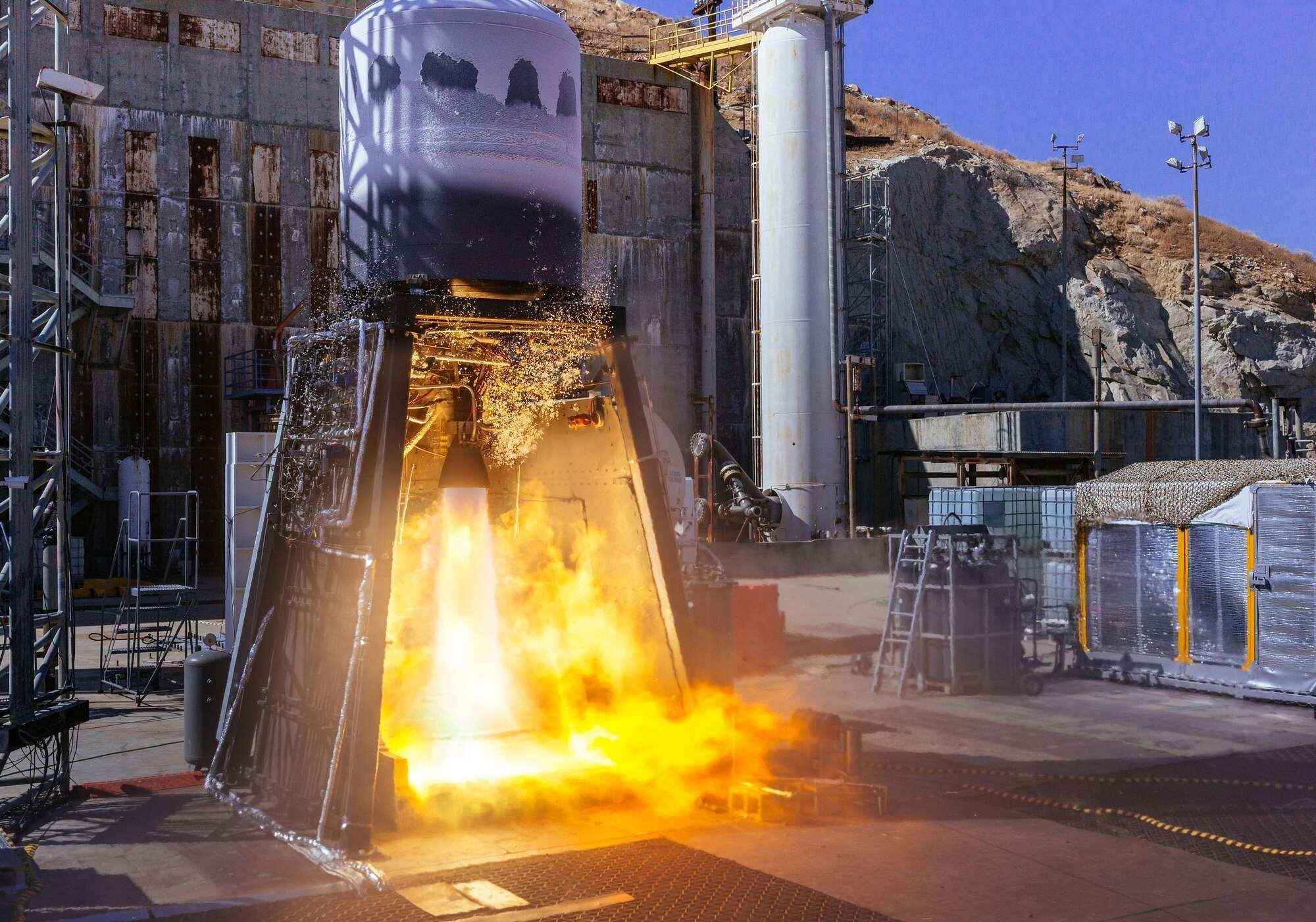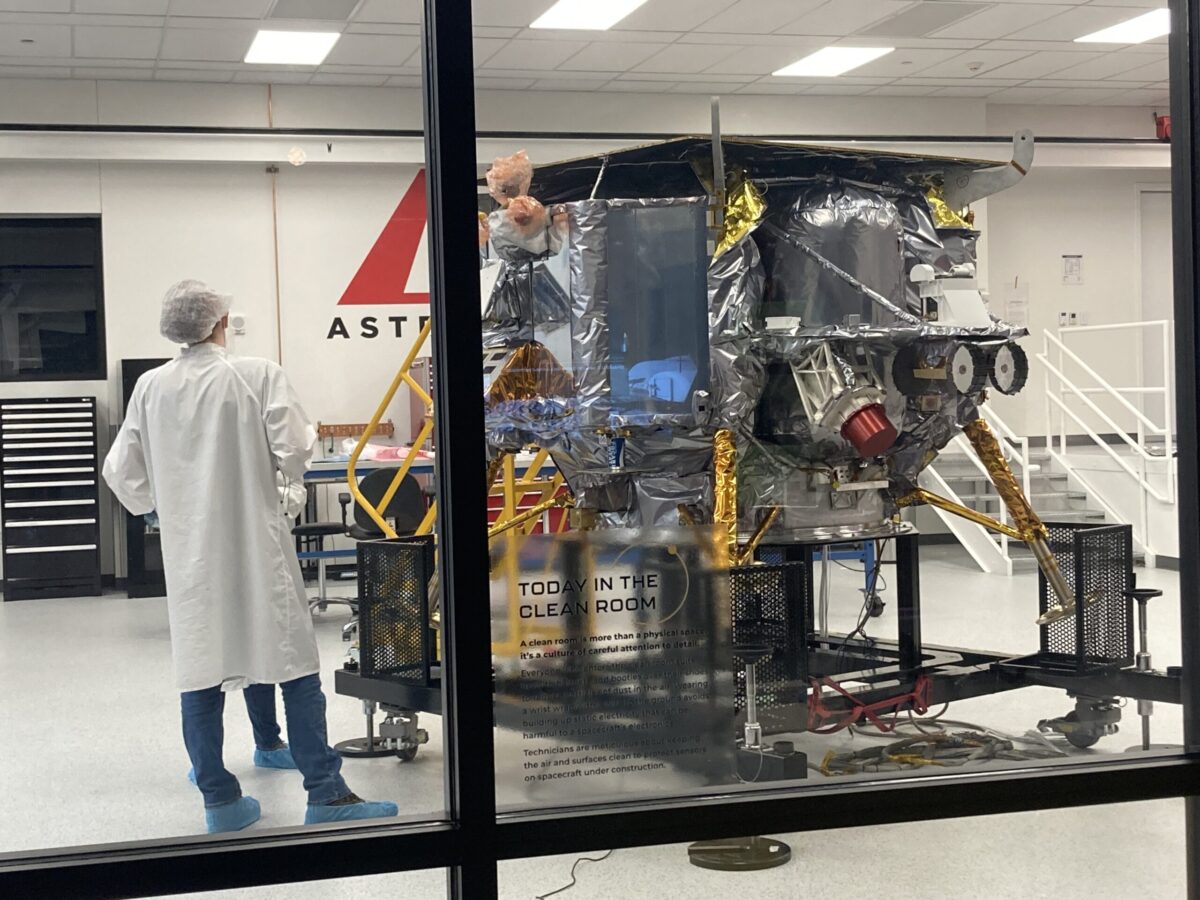The countdown to launch is on as United Launch Alliance’s Vulcan Centaur rocket has been rolled to the launch pad at Cape Canaveral Space Force Station. The mission, scheduled for early Monday morning, could mark the first fully private spacecraft landing on the moon.
Key Takeaway
Astrobotic’s Peregrine lunar lander, carried by United Launch Alliance’s Vulcan Centaur rocket, is set to embark on a mission to land on the moon, representing a significant step for private space exploration.
Vulcan Centaur’s Primary Payload
The primary payload for the Vulcan Centaur rocket is Astrobotic’s Peregrine lunar lander. If successful, Peregrine will begin its journey to the moon, with plans to land on the surface on February 23, after a span of approximately 1.5 months. Originally targeting a Christmas Eve launch, the mission was postponed due to ground system issues.
Challenges and Readiness
According to Astrobotic CEO John Thornton, landing on the moon’s surface is a highly challenging task. However, the team has shown remarkable ingenuity and readiness for the mission, surpassing expectations in various aspects of spacecraft testing and hardware integrations.
Significance of the Mission
The launch holds significance not only for ULA and Astrobotic, but also for Blue Origin’s BE-4 rocket engines, which will take flight on Vulcan’s first-stage booster for the first time. Additionally, it marks the first mission under NASA’s Commercial Lunar Payload Services (CLPS) program, aimed at facilitating private payload delivery to the lunar surface. Astrobotic received $79.5 million from NASA for this mission in 2019.
Upcoming Lunar Launches
The mission is part of a series of lunar launches scheduled for 2024, including Intuitive Machines IM-1 lander, ispace’s second lunar mission, and Firefly Aerospace’s Blue Ghost lander, all part of the CLPS program. With these developments, 2024 could witness the first private company landing a spacecraft on the moon and the first American entity reaching the lunar surface since 1972.
Scientific Deliveries
Peregrine is set to land near the Gruithuisen Domes on the moon, delivering a range of NASA payloads and scientific instruments to enhance understanding of the lunar environment. It will also carry approximately 15 non-NASA payloads, including a rover from Carnegie Mellon University and a project called Coleman from the Mexican Space Agency.







